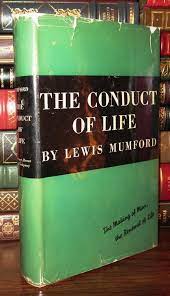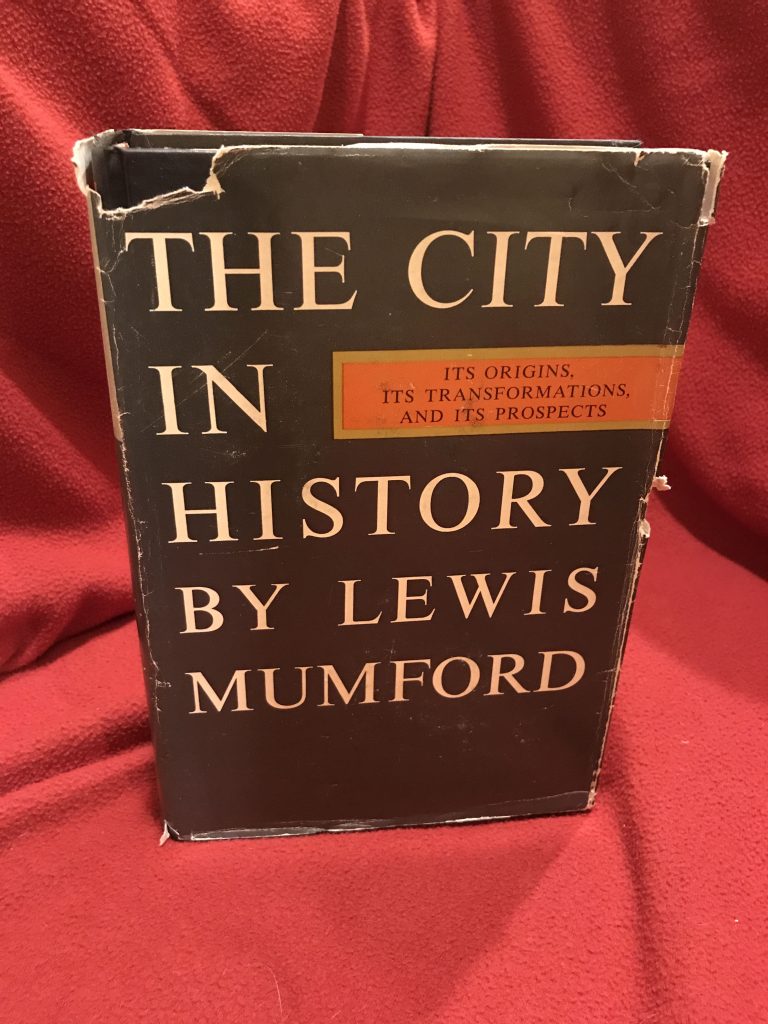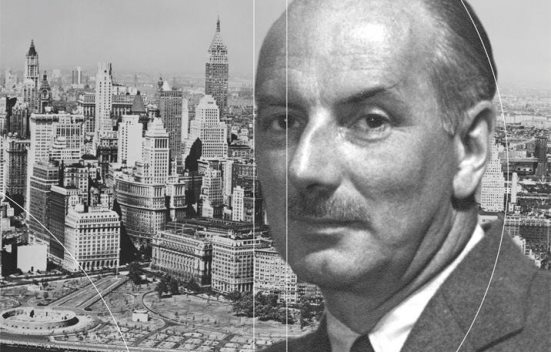Lewis Mumford was an exemplary architectural critic, historian, sociologist, and author. He was born on 19 October 1965. Lewis Mumford books are heralded by design enthusiasts as a window to a sustainable union between society and architects. He was a frequent critic of technology, urban planning, and their repercussions on the lifestyle of humankind. In 1943, he was knighted in the Order of the British Empire (OBE), followed by the US Medal of Freedom in 1964.
Mumford passed away in 1990. The University of Pennsylvania Library has preserved his letters, books, and materials for readers.
Lewis Mumford: A Brief History
Mumford studied at the City College of New York (which he left amid a tuberculosis diagnosis) and later at the New School for Social Research. Here, he developed a knack for architectural design and its relevance in society. Soon, he found himself working as an editor at The Dial (1919). He also published critical examinations of architecture and urban planning for The New York Magazine.

His early writings and critical nuances thrust him to stardom. He began his career as an author, publishing ‘The Story of Utopias’ as his first entry in 1922. Mumford is perhaps best known for his ‘Renewal of Life’ – a series of four books, ‘Technics and Civilization’ (1934), ‘The Culture of Cities’ (1938), ‘The Condition of Man’ (1944), and ‘The Conduct of Life’ (1951). In these books, Lewis Mumford conceptualizes the deterioration of humanism with the gentrification of the West. His last entry, ‘The Myth of the Machine’ (1967) narrates the absorption of humanity into the ever-growing technologically advanced design.
Concepts & Philosophies
Technology and its use in architecture is considered a tool to better human lives. According to Mumford, they have taken a turn for the worse. While it has undoubtedly expanded the domains of artistic creative vision, they have inadvertently isolated its occupants. He prophesizes a technological calamity with the sole goal of dehumanizing. In ‘The City in History’ (1961), he presses on the need for an organic relationship between people and their living spaces. Therefore calls for the need for consciousness in urban planning.

Despite his pessimistic views, he was sure of the humanistic disposition of society. He calls for moral, ethical, and emotional aesthetics to prevent said catastrophe. He was the originator of Organic Humanism, an idea widely consumed through his book ‘The Condition of Man’ (1944). The term is a testament to human potential and morals. Naturally, it serves as an antagonist to technology. He has also coined the term ‘Technic’. An absurd term, it not only comprises technology but its result in society. It collates the Industrial Revolution and focuses on the social and psychological effects on humanity.
Mumford urges humanity to look at the past while aiming for the future. Only this unusual amalgamation would prevent the destruction of emotion and ethics. Lewis Mumford’s essay, ‘Call to Arms’ and books, ‘Men Must Act’ (1939) and ‘Faith For Living’ (1940) plead for the US to lend a helping hand to democracies, devastated by totalitarian regiments. He was also against the rampant use of nuclear power, as is evidenced in the lecture he delivered at Stanford University.
Photo Courtesy – Englewood Review
Opera House: Story of Architectural Magnum Opus of Jorn Utzon





